- TOP
- Message
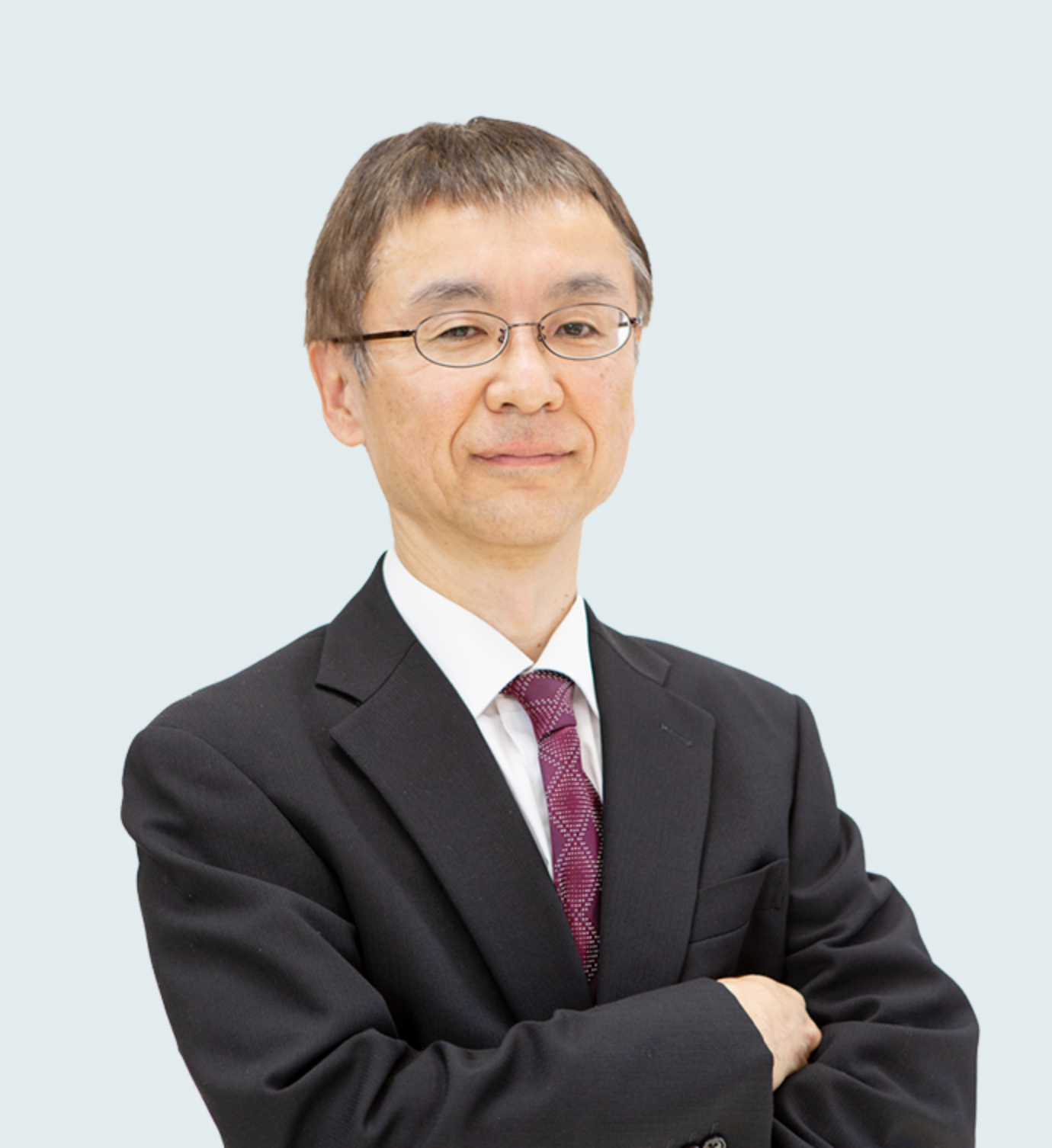
We will challenge the development of innovative technologies aimed at reducing CO2 emissions.
Iron is the most abundant element on the earth, and supports our lives as an excellent steel material that constitutes social infrastructure and durable consumer goods such as buildings, railroads, cars, and home appliances. Iron is mainly made by removing oxygen in iron ore (reducing iron ore) in a “blast furnace” using coke, which is a solid lump of carbon carbonized from coal, but CO2 is generated in the process. Hydrogen can reduce iron ore, replacing a part of the role of coke and generating water instead of CO2. So in the COURSE50 project, we aim to reduce CO2 emissions from the blast furnace by combining this hydrogen reduction technology and the separation and recovery technology for CO2 emitted from the blast furnace.
On the other hand, the blast furnace method, which is based on the reduction reaction with carbon, is a process that has continued for about 300 years before the Industrial Revolution in the 18th century, and it is not easy to replace carbon with hydrogen. In the first place, hydrogen reduction is a reaction that takes heat away, so when hydrogen reduction occurs, the temperature drops, iron ore is difficult to melt, and the reaction is difficult to proceed. So far, the COURSE50 project has found a technology to control the reaction skillfully by investigating the reaction mechanism and principle, and by combining mathematical models (theory) and experiments, we were able to achieve a 10% reduction in CO2 in the experimental blast furnace.
Steel is a strong, versatile material with excellent recyclability. There are still major issues for practical use, such as scale-up and technology to supplement the heat lost by hydrogen reduction. We will challenge the development of innovative technologies aimed at reducing CO2 emissions to continue to supply steel which is indispensable for our lives.
Project leaderSeiji NOMURA
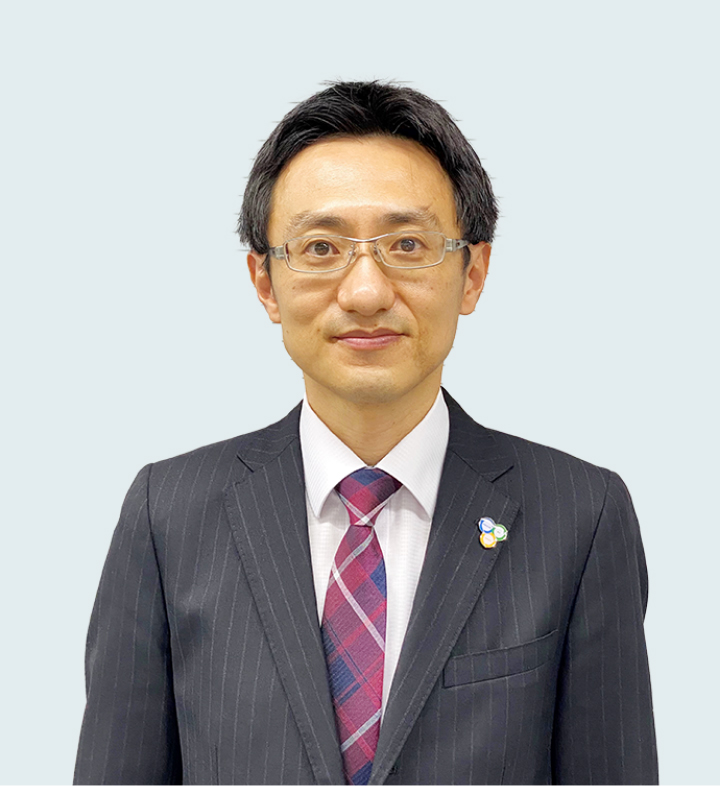
We will work to achieve carbon neutrality through innovation.
In October 2020, Prime Minister Suga declared in his general policy speech that Japan would aims for the realization of a Carbon Neutrality by 2050. In response, in December of the same year, the “Green Growth Strategy Through Achieving Carbon Neutrality” by 2050 was formulated mainly by the Ministry of Economy, Trade and Industry (METI). In this strategy, CO2 Ultimate Reduction System for Cool Earth 50 (COURSE50), and hydrogen reduction steelmaking were positioned in the “process chart” of the growth strategy for the hydrogen industry, one of the 14 priority fields in the strategy.
To produce iron in a blast furnace, coke is usually used to reduce iron ore. COURSE50 aims to reduce CO2 emissions from blast furnaces by replacing part of the coke with hydrogen. This technology is positioned as an example of innovative technology development under the initiative “Cool Earth 50” on global warming announced in May 2007, and research and development has been conducted as a New Energy and Industrial Technology Development Organization (NEDO) commissioned project since fiscal 2008. After five years of elemental technology development and comprehensive technology development phases, we have been developing practical applications since fiscal 2018. Hydrogen reduction steelmaking is an innovative technology that focuses on steelmaking by hydrogen reduction without using coal, and we started development of “zero-carbon steel” technologies as a NEDO commissioned project in fiscal 2020.
Achieving carbon neutrality by 2050 is a very challenging goal, and innovation is essential to achieve it. As an innovation accelerator, NEDO will promote the development of technologies toward “zero-carbon steel” such as COURSE50 and hydrogen reduction steelmaking with the cooperation of all concerned.
New Energy and Industrial Technology Department Organization / Environment Department / Director GeneralHideaki Tanaka
MEMBER
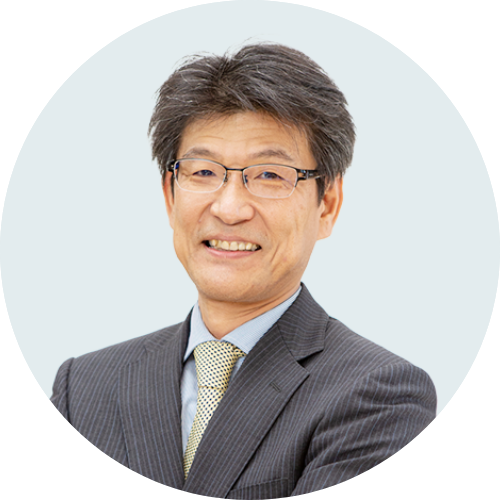
Sub Project leader
(JFE Steel)
Takashi Watanabe
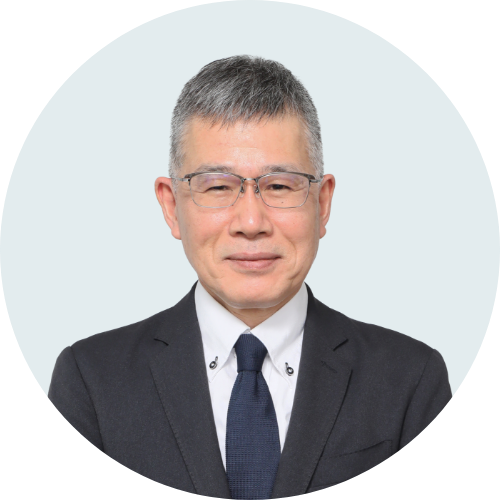
Assitant Project leader
(Nippon Steel)
Yutaka Ujisawa

Assitant Sub Project leader
(JFE Steel)
Natsuo Ishiwata
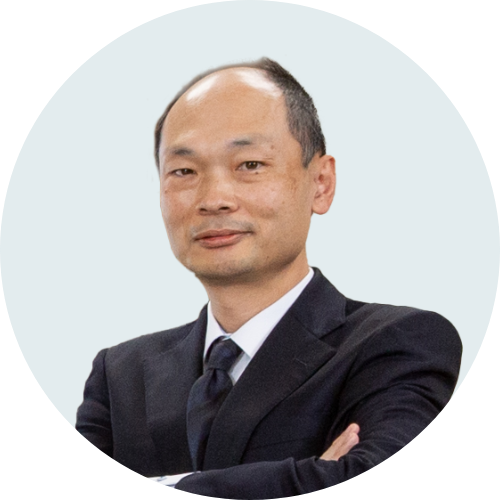
(Nippon Steel)
Kaoru Nakano
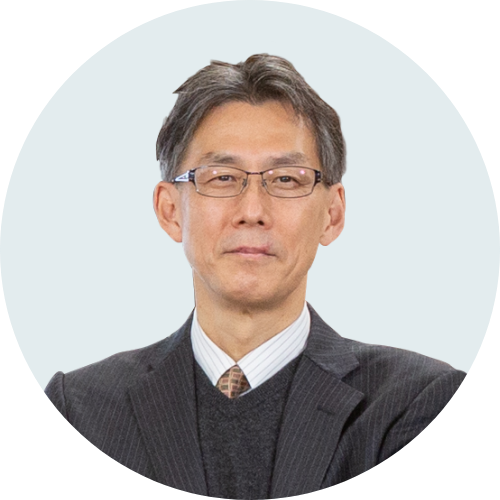
(Kobe Steel)
Naoki Kikuchi
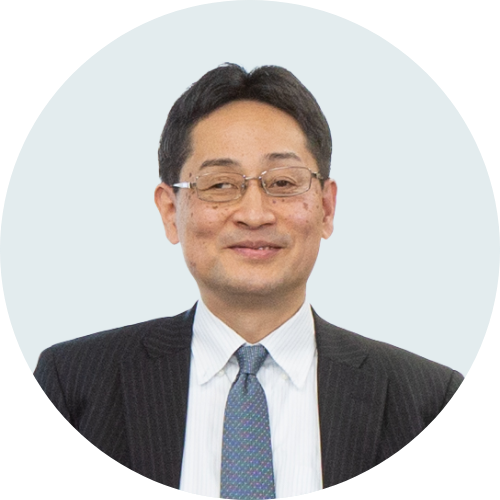
(Nippon Steel)
Yoichi Matsuzaki
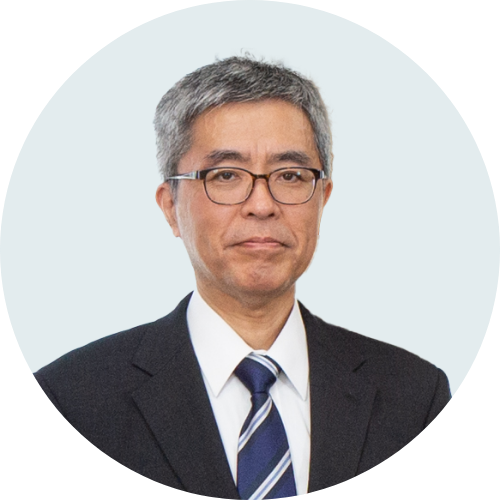
(Nippon Steel)
Hiroyuki Kozuru
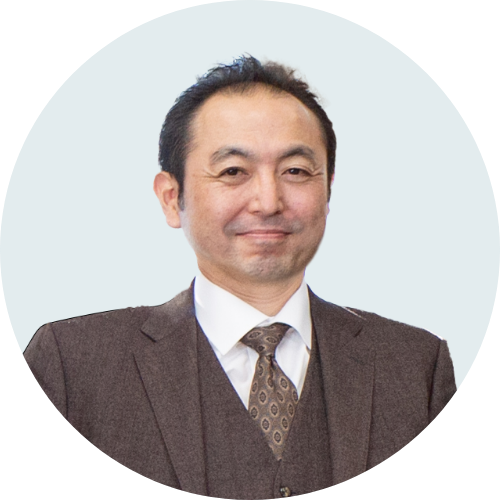
(Nippon Steel)
Chikashi Kamijo

